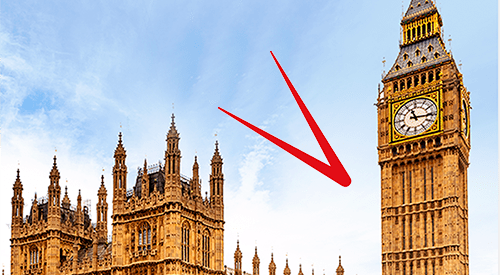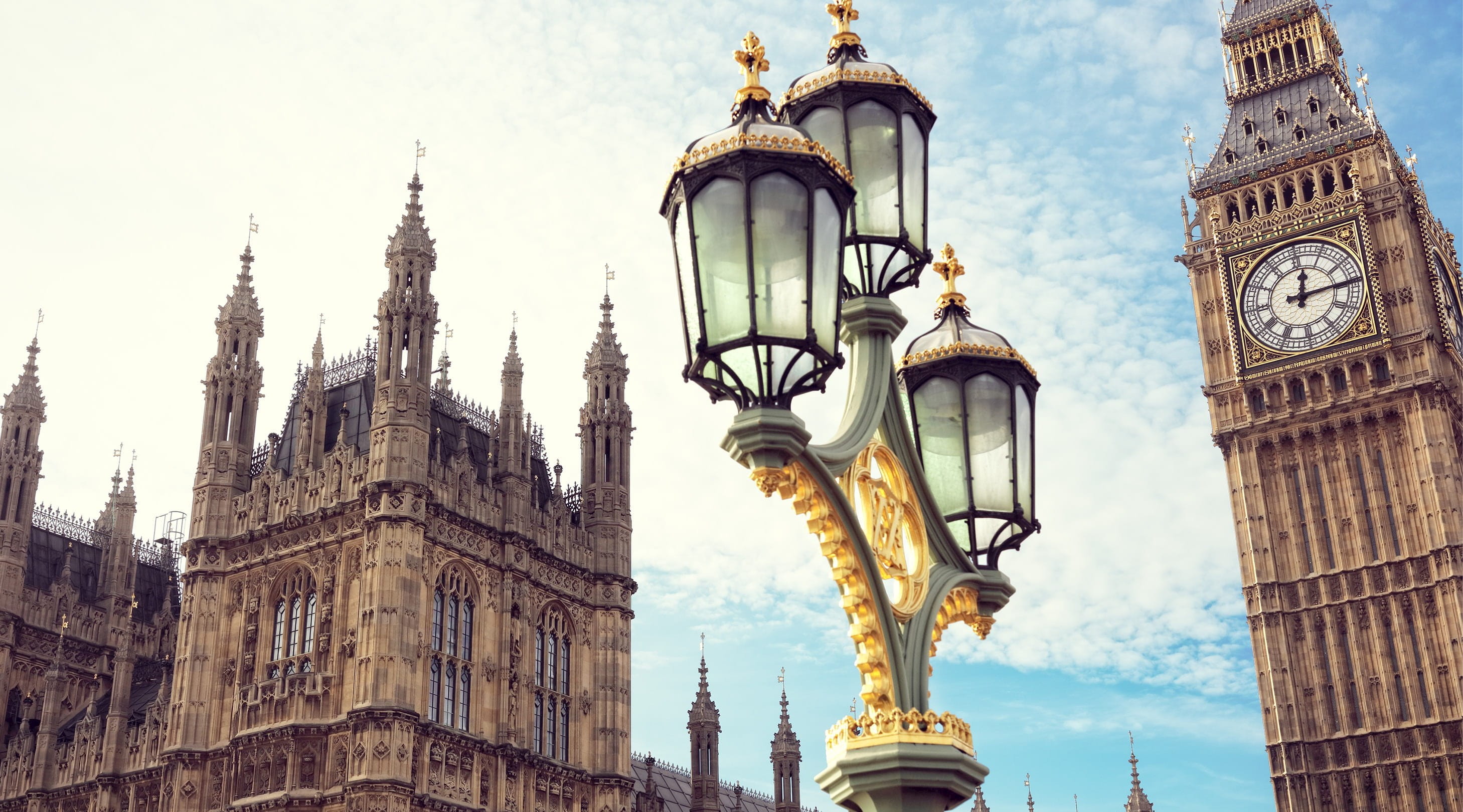
The Autumn Budget is later this month and our focus this week is on taxation and the scope the Chancellor has to raise more in taxes. This follows our shallow dive into public spending last week.
We start with the position set out by then Chancellor Jeremy Hunt in the Spring Budget 2024 in March, which budgeted for total receipts of £1,139bn in the current financial year. As our chart this week illustrates, the top five taxes are forecast to generate £776bn or 68% of total receipts and the next 10 taxes are expected to generate £182bn or 16% of total. Together these 15 taxes should generate £958bn or 84% of the total. Overall, this is still £87bn short of planned public spending of £1,226bn this year.
Income tax generates the most with a forecast of £303bn for the current financial year, followed by £203bn from VAT, £113bn from employer national insurance, £101bn from corporation tax, and £56bn from employee (and self-employee) national insurance contributions.
Council taxes are expected to provide £47bn, followed by £32bn from business rates, £25bn from fuel duties, £15bn from capital gains tax, £14bn from stamp duty on properties (land and buildings transactions tax in Scotland and land transactions tax in Wales), £13bn from alcohol duties, £11bn from environmental levies, £9bn from tobacco duties, £8bn from vehicle excise duty, and £8bn from insurance premium tax (IPT).
Not shown on the chart is inheritance tax, which at 16 in the list of taxes is expected to generate £7.5bn in 2024/25.
The game theory that was played out during the general election led both main parties to promise not to raise the main rates of taxation – income tax, VAT, corporation tax, and employee and self-employee national insurance. With these constituting four out of the five biggest taxes as illustrated by our chart, this severely restricts the ability of the Chancellor to find the £20bn to £30bn in additional tax revenues that the Institute for Fiscal Studies believe she needs to maintain day-to-day public spending at its current levels.
HMRC estimates that putting an extra penny on the basic rate of income tax should produce around £6bn a year in additional tax revenue, while increasing the rate of fuel duty on petrol and diesel by 1% would raise only £260m.
Officially, her commitment is not to put up the basic income tax rate of 20%, the VAT standard rate of 20%, the main corporation tax rate of 25%, or the main rates of national insurance of 8% for employees and 6% for the self-employed. However, the government has also said that they do not intend to increase taxes on working people, a rather ambiguous term that depends on how you define ‘working people’, and what constitutes a tax on them.
There is still some scope to increase some of these bigger taxes given that the government’s commitments do not cover some of the other rates in these taxes, such as the 40% higher and 45% top rates of income tax, the 19% small profits rate for corporation tax, and the 2% rate of employee and self-employee national insurance on higher salaries or earnings. It also does not cover the 5% reduced rate of VAT on domestic energy supplies or the zero rate on food for example, although these are probably caught by the ‘taxes on working people’ language.
The one major tax rate not covered by the government’s tax commitments is the 13.8% main rate of employer national insurance, and the Prime Minister has refused to confirm or deny whether this could change in the upcoming Autumn Budget. Despite that, most of the pre-Budget speculation has been focused on tax reliefs, such as the potential to restrict one or more of the different reliefs currently given on pension contributions or the tax treatment of ‘non-doms’.
With council tax and business rate increases over the next few years already pencilled in by the previous government, the next biggest tax to go looking for money is fuel duty, which has been repeatedly frozen over the last decade or so. There has also been speculation about raising more money from capital gain tax and inheritance tax, which admittedly could end up promoting the latter into the top 15,
Successive chancellors have adopted an ‘every little helps’ philosophy of finding the money they need from a series of relatively small changes to the tax system, and this Chancellor is likely to be no different.
Unfortunately, the consequence is ever more complexity in the tax system rather than the simplification that successive governments have officially said that they are in favour of.




